Never mind the pandemic; as the Irish Museum of Modern Art (Imma) marks its 30th birthday, it is a tricky time for museums the world over. What, after all, is an art museum actually for? If art reflects our world back to us, the picture it paints of the past isn't exactly flattering, however beautiful the imagery may be. The great collections of the world are based on the tastes and plunder of ruling elites. That they were founded on extreme inequality – of race, gender, wealth and privilege – is evident in the content of their archives, exhibitions of which continue to reinforce old narratives of value and human worth. More recently, the newer breed of museums are frequently weighted down by aesthetic fads and intellectual fashions, and distorted by the avariciously manipulative art market. So how can today's museum navigate a path?
The question of how a museum should be isn't a new one, and artists are frequently the most ambivalent of all. At the time of the Russian Revolution, Kasimir Malevich was partial to the idea of burning them to the ground, and putting the ashes of the Old Masters into glass jars. "Museums are just a lot of lies," said Pablo Picasso. "Museums patronise, isolate and neutralise artists," wrote Donald Judd.
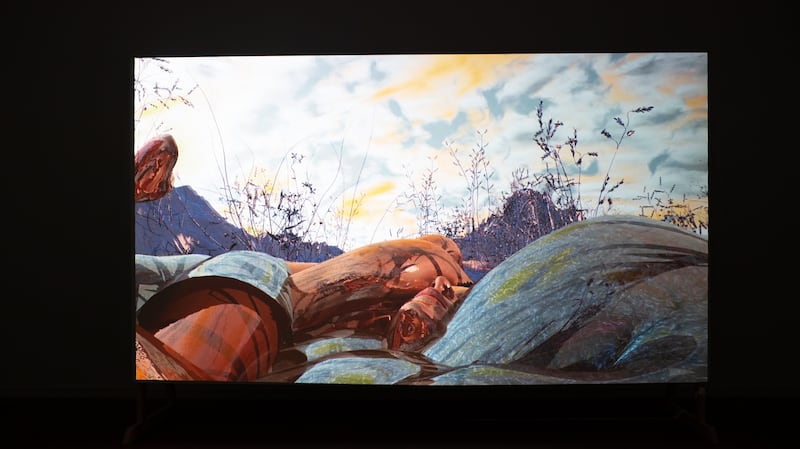
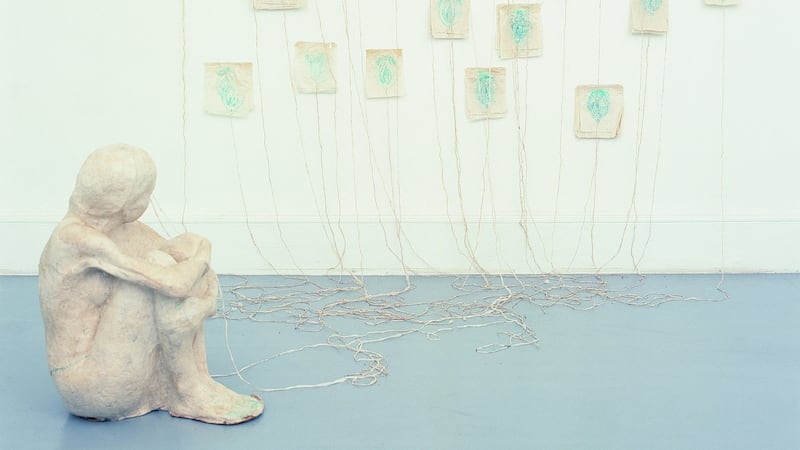
You can see why some artists are uncomfortable with the idea of a museum: whether they like to admit it or not, museums not only collect, they also shape what art looks like – how it is made, and how it is seen. The decade of Imma's birth, the 1990s, saw new galleries for contemporary art becoming exhibitionist themselves. It was the decade the Guggenheim Bilbao came into being, as the container started to vie with the contained for flashy bling. Artists such as Richard Serra, who made work intended to dwarf its location, made bigger works in return, and the battle between the artist, architect and many museum directors' desire for spectacle began to feel like an arms race. Ultimately galleries, such as those at New York's MoMA, became so enormous the human sense of scale was almost entirely lost. On one visit I remember seeing Monet's celebrated Waterlilies completely diminished, floating and small on a huge atrium wall.
Dwarfed
Imma doesn't have any issues with works being dwarfed – in fact, it's quite the opposite. The rooms are small, the circulation limited. When I meet Imma director Annie Fletcher, who took over the role in 2018, she is frustrated at some people's continuing preoccupation with the location of the museum, wondering why it's still a topic after all these years. Apart from the political promises and possible strokes that led to Imma's setting up home at the Royal Hospital Kilmainham, the presence of what was then Stack A – now CHQ in Dublin's Docklands – is a constant reminder, for those with longer memories, of a missed opportunity.
As time has passed, it seems to matter less. Fletcher and her team have done wonders in the past year by making the Royal Hospital’s gorgeous grounds a real part of the art experience, something previous directors had done but never to this scale. She reminds me that there is no problem with showing large art works outside at Imma – so long as they are waterproof, of course. Fletcher also talks of the RHK building’s origins, dating it to the beginning of the story of Modernism, but I’m not sure how many people, beyond those devoted to theorising art and art movements, truly care. Instead, an admittedly unscientific straw poll of Imma’s highs and lows, carried out via social media, reveals that the standout and beloved exhibitions tended to be those showcasing the work of a single artist.
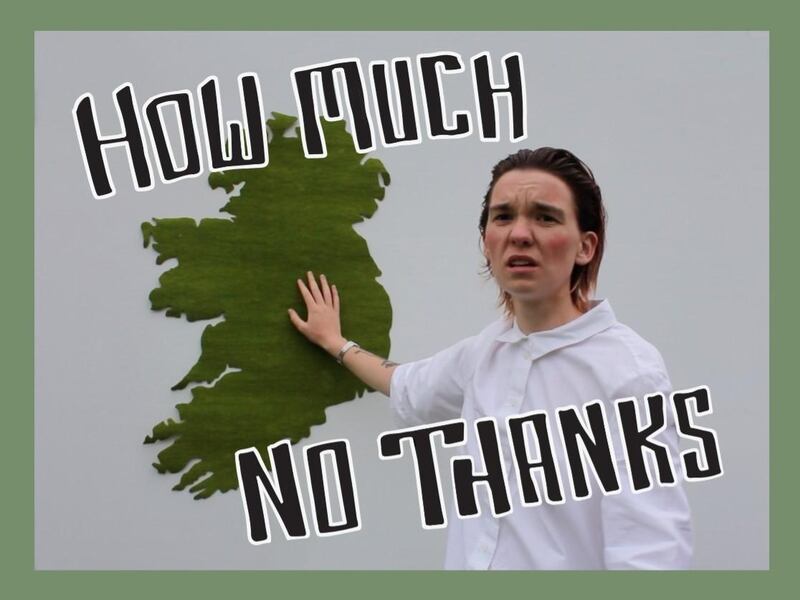
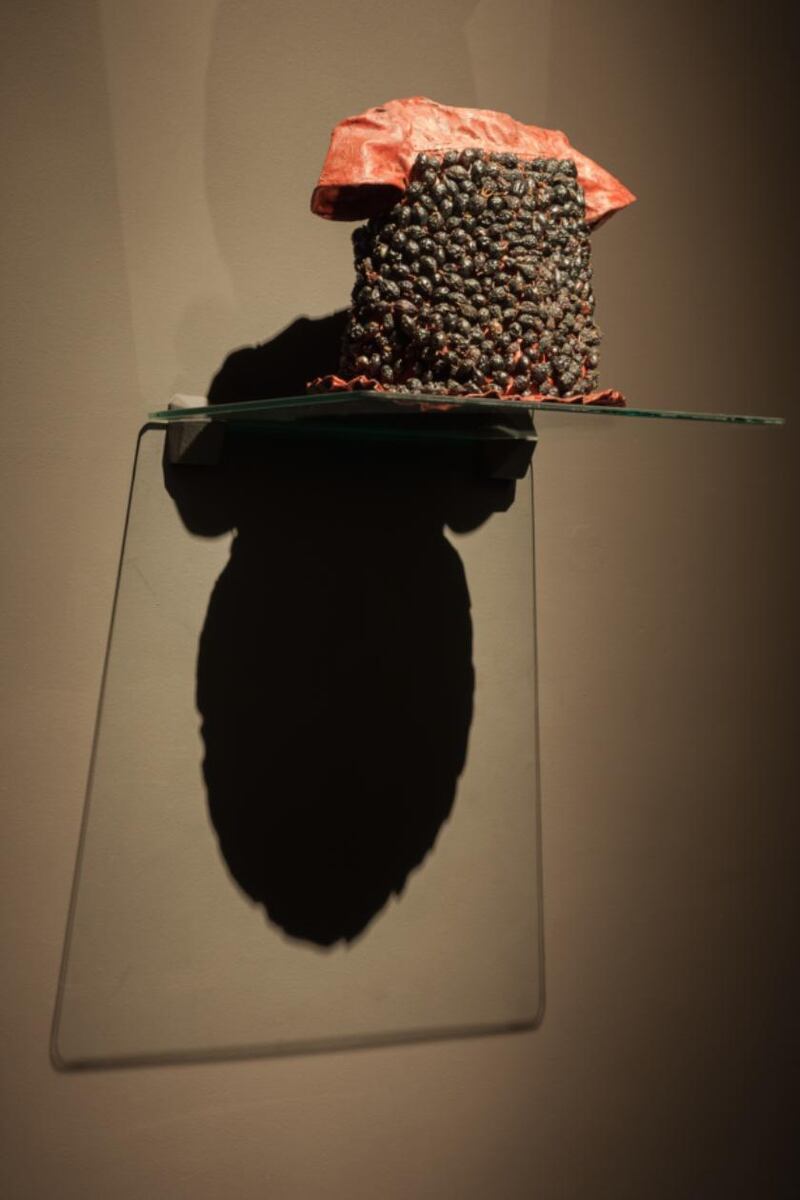
People loved Mary Swanzy (2018-2019), Nan Goldin (2017), Sophie Calle (2004), Georgia O'Keeffe (2007), Carol Rama (2016), and Alice Maher when Imma was briefly at Earlsfort Terrace while the Royal Hospital building was having remedial works in 2012 and 2013. Looking at these names also makes one realise that even though its core collection is more represented by male artists, Imma has a good reputation when it comes to platforming the work of women.
Still, there have been obvious duds on the exhibition front. In 2006, .all Hawaii eNtrées/lunar reGGae (strange full stop and weird capital letters deliberate) was a group show including a roster of illustrious artists such as Sarah Lucas, Douglas Gordon, Eva Rothschild and Maurizio Cattelan. Intended to be experimental, "rewriting the poetics of exhibition procedures", instead it turned out to be a self-indulgent exercise in navel-gazing and in-jokes among art's relatively small in-crowd. The exhibition catalogue, for example, was printed out of register, intentionally blurred, presumably making a point about legibility and challenging perceptions, but actually coming across as a colossal waste of time and money, as well as the talents of essayists including Kurt Vonnegut, Cory Doctorow and Grant Morrison. The exhibition is still commemorated in a sign bearing its name by Liam Gillick, outside Imma's New Galleries (all Hawaii entrees etc. being an anagram of "the new galleries" in English and Irish). It makes me feel grumpy every time I see it.
Poignant
Back on the positive, there was the late Janet Mullarney's wonderful Then and Now in 2019, the recent Paula Rego show, Leonora Carrington (2013-2014), and Patrick Scott's retrospective in 2014, made all the more poignant by the artist's death on the eve of its opening. Part of Imma's birthday celebrations is a brilliant, and brilliant yellow, timeline created by Niall Sweeney, installed at the top of the stairs in the main building. Spotlighting exhibitions along with happenings in the art and wider worlds, it's a thought-provoking trip down memory lane, as well as a timely reminder of how much can change in a single generation.
In 1991, above images of Imma's opening party in the courtyard, alongside art works by John Kindness and Michael Warren, we are reminded that war was escalating in the Balkans, condoms were illegally on sale at the Virgin Megastore, and a thing called the World Wide Web was gaining popularity. Homosexuality had not yet been decriminalised, divorce was still illegal, and you could smoke in pubs to your heart's content. The timeline also does an elegantly subtle job of making the case for the museum as envisaged by Fletcher: as a place for intellectual experimentation and theoretical propositions. It is saying, in effect: look at world dynamics, and look at artists and art institutions as an integral part of that.
This approach provoked a debate in these pages, when a recent column decried its “relentlessly on-message progressivism”, occasioned by the announcement of The Narrow Gate of the Here-and-Now, a series of four exhibitions drawing almost exclusively on Imma’s collection, to mark the museum’s birthday. The exhibitions, called “Chapters” focus on Queer Embodiment, The Anthropocene, Social Fabric and Protest and Conflict. You can understand why it might cause some to wail, why can’t art just be art?
The answer is, of course, that it never is, and that brings us back to the question of why art matters, and who museums are for. The art that survives for future generations is the art that has been cared for in collections, and that is the art that has been considered significant at the time. The significance of a work of art will always be contingent on who has liked the work, valued the artist (or, at worst, heavily invested in them), and where and with what else it has been shown. But beyond that, the significance of a work of art changes over time, as its emotional impact on successive generations shifts, seismically or subtly.
Colonisation
Another inevitability is that in every era and every context, museums become exhibitions of themselves. From the “great” exhibition houses of the era of colonisation to the flashy and vacuous Jeff Koons-filled extravaganzas of more recent decades, to the more anxious self-examining laboratories of today; just like art, museums reflect who we are, and what we value, and worry about most.
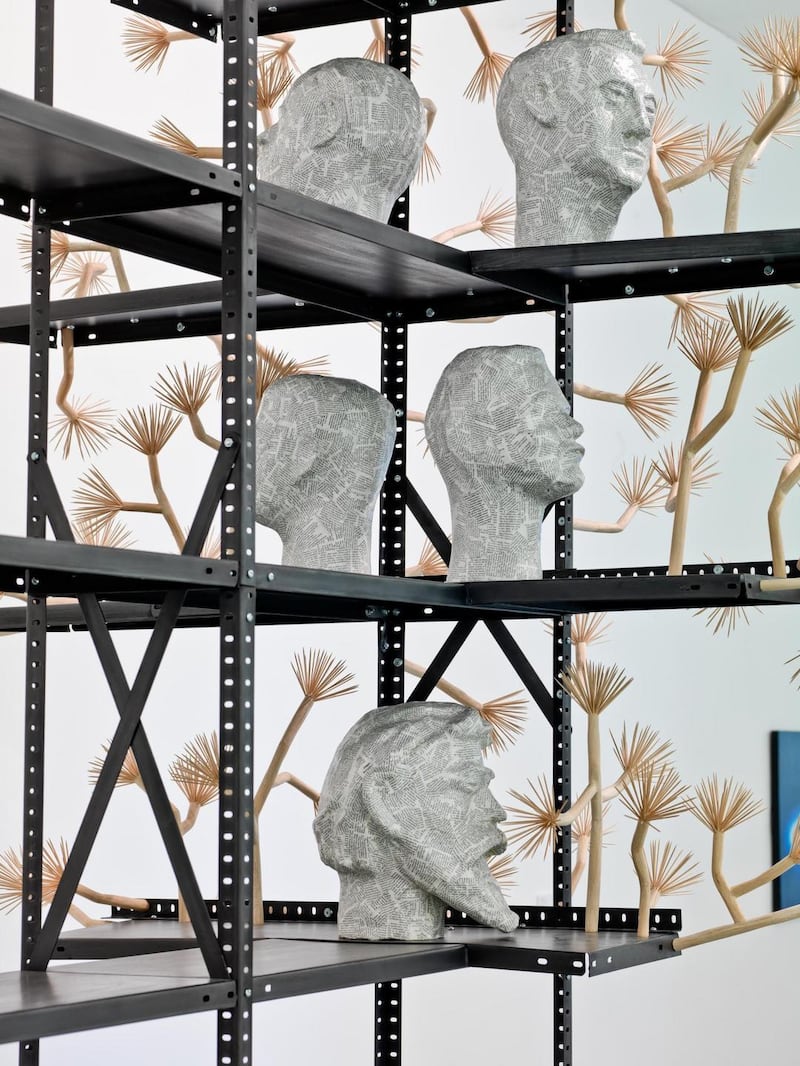
Interestingly, for all its potentially burdensome theoretical overlay, the first chapter of The Narrow Gate is very satisfying. As soon as I shook off the irritating sense of being ushered towards seeing things in a certain way, I became aware of the strength and depth of the art in Imma’s collection. It has been installed with a sensitive eye to how things look and feel, and as you wander the rooms, you find them filled with subtle joys. Maybe I’m absorbing the more heavy-duty lessons of the theoretics, but they’re not my first concern as I soak up Rebecca Horn’s blue pigment Take me to the other side of the ocean (1991) alongside Maser’s Nugget (2018/21) and Breda Lynch’s Blue Dyke Series (2016-2020) in a room that is all blue-hued, and very delicious for it. Unlike some curators for whom art almost seems to get in the way of the theories they are in love with, Fletcher clearly has a strong visual sense, and brings it out in her team.
She describes looking through the works in Imma's collection, and looking at the timeline of world events, and how the "chapters" of The Narrow Gate more or less suggested themselves. This makes a certain kind of sense, but it still doesn't account for a way of thinking and writing about art that makes it feel like homework. Fletcher is unapologetic. "I could be more vague and make everybody happy," she says. Instead, she is writing a new strategy for the museum, which includes global ambition in terms of making exhibitions that ensure Imma, and Irish artists, maintain a role on the international stage. A capital grant, part of the Government's Project Ireland 2040 funds, will build what Fletcher describes as a global centre for learning. "I want Imma to be a catalyst for change," she says. "Creating conversations. You don't have to agree. It's a dialogue. Let the games begin."
The Narrow Gate of the Here-and-Now runs until 2022. Chapter Two, The Anthropocene, opens on September 24th.













